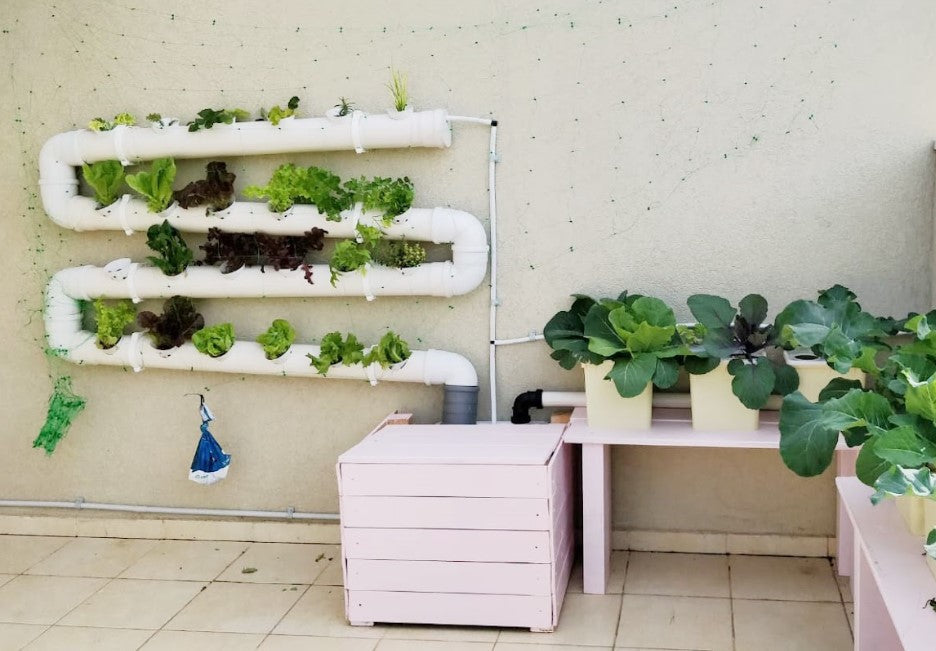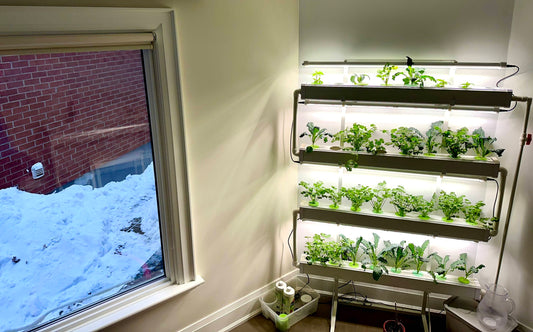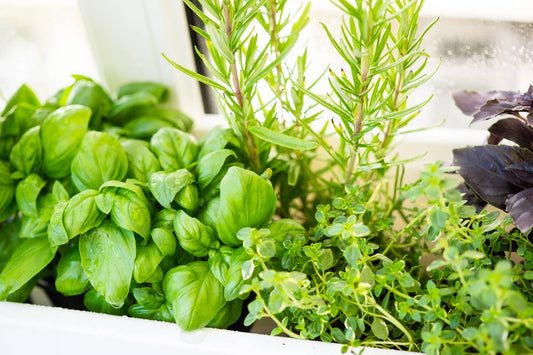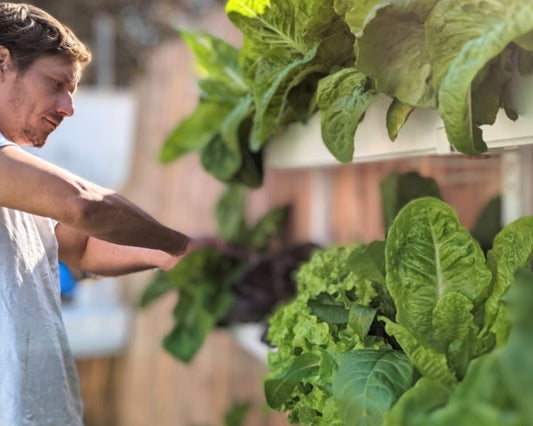Hydroponics is a revolutionary method of growing plants without soil, using nutrient-rich water solutions to deliver essential elements directly to plant roots. This innovative approach allows for faster growth, higher yields, and efficient resource usage, making it an attractive option for home gardeners and commercial growers alike. In this guide, we will explore the most popular hydroponic growing methods, outlining their benefits, uses, and suitability for different plant types.
1. Nutrient Film Technique (NFT)
The Nutrient Film Technique (NFT) is a highly efficient hydroponic system in which a thin film of nutrient-rich water continuously flows through a shallow channel. The roots of plants, which are suspended in the channel, absorb nutrients from the flowing solution while being exposed to ample oxygen from the surrounding air.
Key Benefits:
- Continuous nutrient delivery for rapid plant growth
- Minimal water and nutrient waste due to the recirculating system
- Ideal for small plants like leafy greens and herbs
Considerations:
- Requires a consistent flow of water, making a reliable pump essential
- Susceptible to system failures if water flow is interrupted
2. Shallow Water Culture (SWC)
The Shallow Water Culture (SWC) system is similar to NFT but operates with a thin layer of continuously flowing water that covers most of the plant roots. This ensures plants receive a steady supply of nutrients while also benefiting from oxygenation as the water moves and falls within the system. Unlike NFT, SWC provides a safety buffer in case of pump failure, as some water remains in the channels, preventing roots from drying out.
Key Benefits:
- More reliable than NFT due to the retained shallow water in the system
- Recirculating nutrient solution maximizes efficiency
- Oxygenated through water movement, reducing the need for air pumps
- Can be run continuously or set on a timer for energy efficiency
Considerations:
- Requires proper flow control to maintain shallow water levels
- Less commonly used than NFT but offers advantages in system stability
3. Deep Water Culture (DWC)
In Deep Water Culture (DWC), plant roots are fully submerged in a nutrient-rich water solution. An air pump provides continuous oxygenation, ensuring that the roots remain healthy and grow rapidly.
Key Benefits:
- Simple to set up and maintain, making it ideal for beginners
- Encourages rapid root growth due to constant access to nutrients and oxygen
- Suitable for a wide range of plants, including leafy greens and some fruiting crops
Considerations:
- Requires proper oxygenation to prevent root rot
- Water temperature must be carefully controlled to avoid algae and pathogen growth
4. Ebb and Flow (Flood and Drain) System
The Ebb and Flow system periodically floods the plant roots with a nutrient solution and then drains it back into a reservoir. This method allows plants to absorb nutrients while ensuring sufficient oxygen exposure when the water recedes.
Key Benefits:
- Efficient nutrient and oxygen delivery for robust plant growth
- Versatile system adaptable to different plant sizes and types
- Suitable for both home and commercial use
Considerations:
- Requires a timer and pump to manage flooding cycles
- May experience clogging issues if the growing medium is not well-maintained
5. Drip System
A Drip System delivers a controlled amount of nutrient solution directly to the plant base through a network of small tubes. This system provides precise water and nutrient management, making it highly efficient.
Key Benefits:
- Highly customizable for different plant needs
- Scalable for both small and large hydroponic setups
- Reduces water waste by controlling nutrient flow
Considerations:
- Requires regular maintenance to prevent clogging
- Monitoring and adjustments are needed to optimize nutrient delivery
6. Dutch Bucket System (BATO)
The Dutch Bucket System, also known as the BATO system, uses individual buckets filled with a growing medium, connected to a central nutrient reservoir. A drip system feeds nutrients directly to the plant roots, while excess solution drains back into the reservoir.
Key Benefits:
- Efficient for growing larger plants like tomatoes, cucumbers, and peppers
- Allows growers to manage each plant individually for optimized growth
- Scalable for both small and large hydroponic operations
Considerations:
- Requires regular monitoring to ensure consistent nutrient flow
- Needs a proper drainage system to prevent waterlogging
7. Aeroponics
Aeroponics is a high-tech hydroponic method in which plant roots are suspended in air and periodically misted with a nutrient solution. This system maximizes oxygen exposure while using minimal water.
Key Benefits:
- Maximizes oxygen uptake, promoting rapid plant growth
- Extremely water-efficient compared to other hydroponic methods
- Ideal for growing herbs and leafy greens
Considerations:
- Requires precise control systems for misting and nutrient delivery
- More complex setup and maintenance compared to other hydroponic systems
8. Wick System
The Wick System is a passive hydroponic method that uses wicks to draw nutrient solution from a reservoir into the growing medium. This simple approach requires no pumps or moving parts.
Key Benefits:
- Easy to set up and maintain, perfect for beginners
- Low-cost and energy-efficient as it requires no electricity
- Works well for small plants like herbs and lettuce
Considerations:
- Slower nutrient absorption compared to active hydroponic systems
- Limited in scalability and effectiveness for larger plants
9. Kratky Method
The Kratky Method is a non-circulating hydroponic system where plants grow in a reservoir of nutrient solution. As the solution level drops, the roots gradually become exposed to air for oxygen absorption.
Key Benefits:
- Requires no electricity or pumps, making it ideal for low-maintenance setups
- Simple and effective for leafy greens and herbs
- Suitable for remote or off-grid growing environments
Considerations:
- Limited to short-term plant growth cycles
- Requires precise nutrient concentration management to ensure plant health
Conclusion
Hydroponic growing methods offer various advantages, from water efficiency and space optimization to enhanced plant growth and sustainability. Whether you're a beginner looking for a simple Wick System or Kratky Method, or an advanced grower using Aeroponics or the Dutch Bucket System, there is a hydroponic method suited to your needs. By selecting the right system based on your plant types, available space, and resources, you can successfully cultivate healthy crops year-round while maximizing efficiency and yield.




